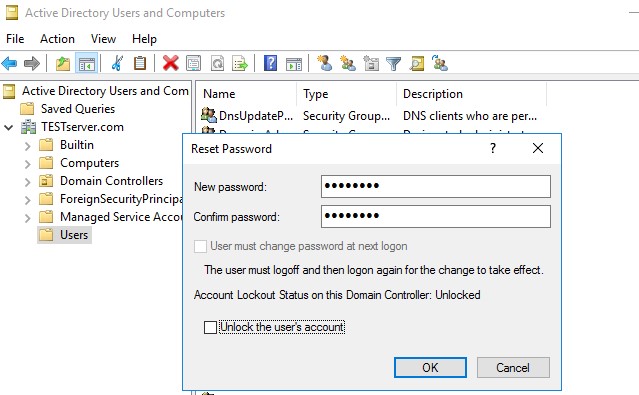Streamline Your IT Operations with Powerful AD Management Tools
Streamline Your IT Operations with Powerful AD Management Tools
Blog Article
Best Practices for Bulk Importing Users into Active Directory
Managing customers in a Active Listing (AD) environment is just a important task for IT administrators, and one of the very frequent operations is importing people into the directory. Whether you're onboarding new personnel or migrating from still another program, an efficient and structured person active directory management tools for maintaining a wholesome and organized AD structure. In this step-by-step information, we'll go through the most effective methods for posting people in to Effective Listing, ensuring precision, safety, and efficiency.
Step 1: Prepare the Individual Knowledge
Before importing customers in to AD, it's essential to prepare the mandatory data. That an average of includes individual titles, email handles, telephone numbers, departments, and different relevant attributes. The best training is to use a organized structure, such as a CSV (Comma-Separated Values) record, to arrange and keep an individual information. Make sure that each line in the CSV corresponds to an AD attribute (e.g., First Title, Last Name, Username, etc.).
Seasoned Suggestion: Double-check the information for accuracy. Mistakes at this period may cause mistakes during the transfer method and produce issues down the line.

Step 2: Pick the Correct Import Method
There are many methods to import people into AD, based on your needs and accessible resources. For smaller groups, guide import applying Productive Listing Customers and Computers (ADUC) might suffice. However, for greater datasets, automation methods like PowerShell programs or third-party tools can save time and lower errors.
PowerShell is among the most popular techniques for publishing users. Using its effective scripting capabilities, you are able to import user data from CSV documents and develop consumer records in bulk. Furthermore, PowerShell allows you to customize person attributes through the import process, rendering it perfect for complex environments.
Stage 3: Collection Up Organizational Units (OUs)
Organizational Models (OUs) are used to arrange people within Active Directory. It's best training to produce a well-structured OU hierarchy before publishing users. It will help improve management responsibilities such as for instance party policies, access controls, and reporting.
When posting people, allocate them to the appropriate OUs centered on the division, role, or location. This not only maintains your AD structured but additionally ensures that specific group plans and permissions are applied correctly.
Stage 4: Transfer the Consumers
Once the data is prepared and OUs are set up, you are able to start the transfer process. If using PowerShell, the program may see the CSV file and develop user records in AD on the basis of the offered attributes. You can include extra options, such as setting code policies, enabling reports, or adding consumers to specific organizations, relying on your own organization's requirements.

Conclusion
Successfully posting users in to Effective Listing requires careful preparing, exact information preparation, and the proper tools. By following that step-by-step information, IT administrators may assure a smooth and organized transfer method, lowering problems, enhancing protection, and sustaining a clean and organized AD environment. Whether applying manual techniques or automatic instruments, the main element to success is based on preparation, evidence, and ongoing management. Report this page